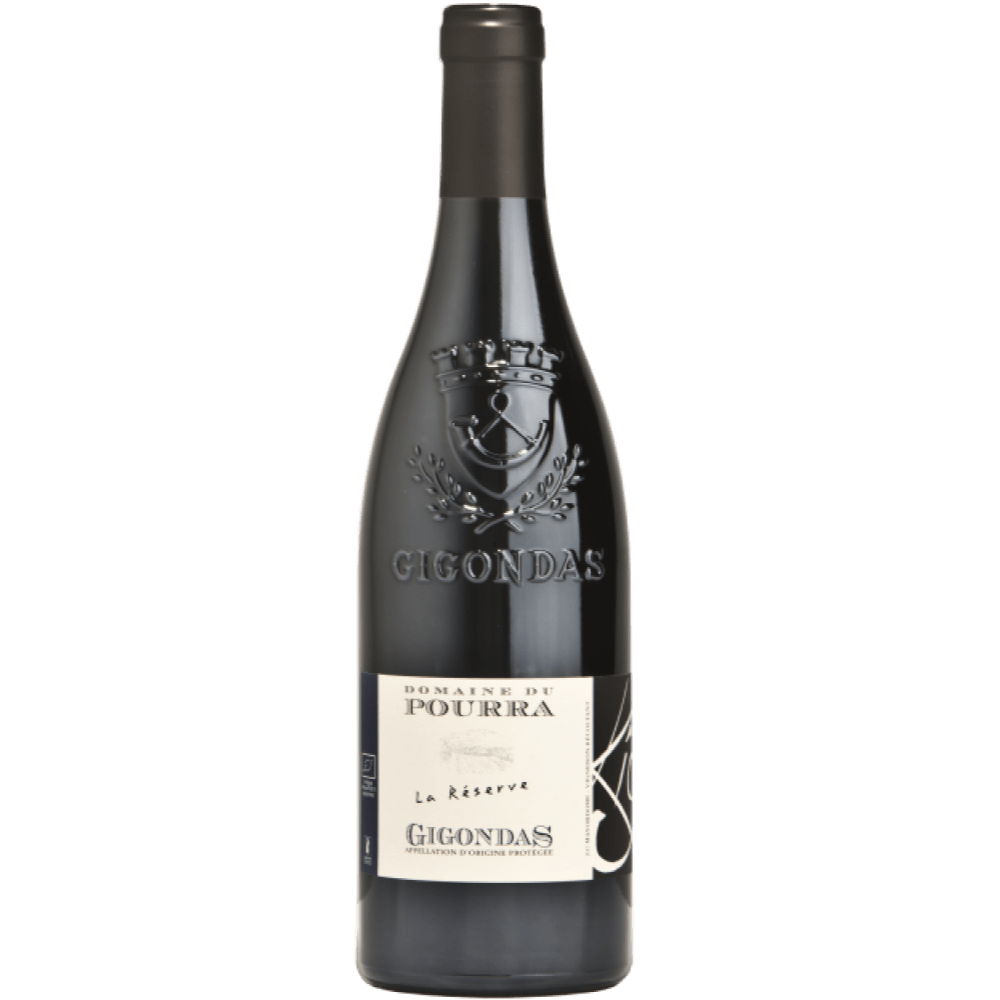No products in the cart.
Domaine du Pourra Gigondas La Réserve 2018/17/16/15/14
70% Grenache, 14% Syrah, 14% Mourvèdre, 2% Cinsault
A single growing area of 11 hectares is located on terraces on north-facing slopes of the Dentelles de Montmirail at 340 to 450 metres in altitude. This cooler micro-climate bring brings extra freshness to this wine. Soils of clay-limestone, rock, gravel and grey marl give tannic structure and delicacy to the wine.
Gorgeous nose of spice and red and black currants with little notes of liquorice. Silky smooth on the entry to the taste with a wonderful purity of fruit that holds from the middle right to the end of its long minerally finish. Lovely finely grained tannins. The acidity and tannic structure of this wine will allow it to age beautifully over 15 years. Best drunk between 5 and 10 years to fully enjoy the freshness of the fruit combined with wonderful complexity. A unique wine. Pure terroir.
37.80€ – 56.70€
Shipping costs are calculated per box of 6 bottles. Each box can contain a mixed selection of wines.
Beyond the Label
Reviews
Beyond the Label
Style
Red
Vintage
2018/17/16/15/14
Region
Gigondas, Rhône, France
Drinking time
4 to 15 years
Grape varieties
70% Grenache, 14% Syrah, 14% Mourvèdre, 2% Cinsault
Reviews
Only logged in customers who have purchased this product may leave a review.
Producer profile
Jean-Christian Mayordome purchased the domaine in 1998. The domaine vineyards – located between 300 and 480 m of altitude – include 11 ha (27 acres) in the cru of Gigondas, and 15ha in Côtes du Rhône Villages Séguret. Very rocky soils and an old average of vines combines to produce very low yields. The Gigondas vineyards are high in limestone content, with clay and sand. The Séguret vineyards are heavy in limestone which is not typical of the appellation, producing much more robust and age-worthy wines than would normally be expected. As well as running a winery, Jean-Christian works a doctor, specialising homeopathy. This natural approach is reflected in the wines with organic practices in the vineyard and minimal intervention in the cellar. With a view to producing even more natural wines, the domaine adopted biodynamic practices in the vineyard and was certified Biodynamic in 2019.

Other Wines of Interest
If you like this wine, we recommend you try


Reviews
There are no reviews yet